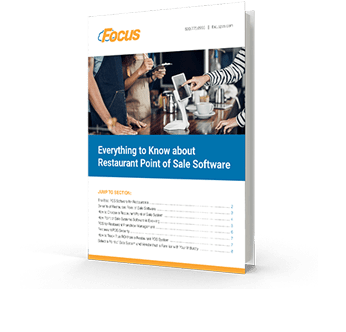Do You Have Everything You Need From Your Restaurant Point of Sale?
Download our FREE Brochure Today!
Download our FREE Brochure Today!
Are you looking for a restaurant point of sale to implement in your new business? Or are you just looking for an upgrade? No matter where you are in the process, you need to know what your POS can offer you.
Download our FREE ebook today to get all your crucial questions answered and more!

Fill out the form and get your e-book today.